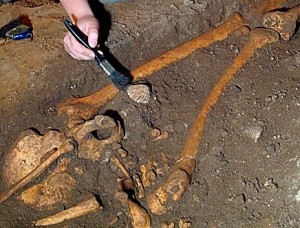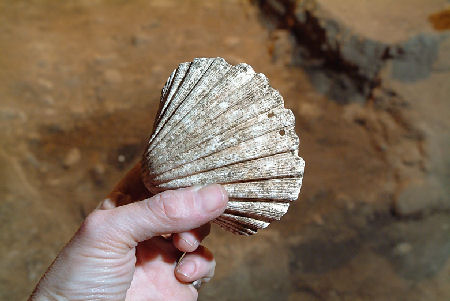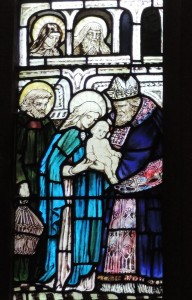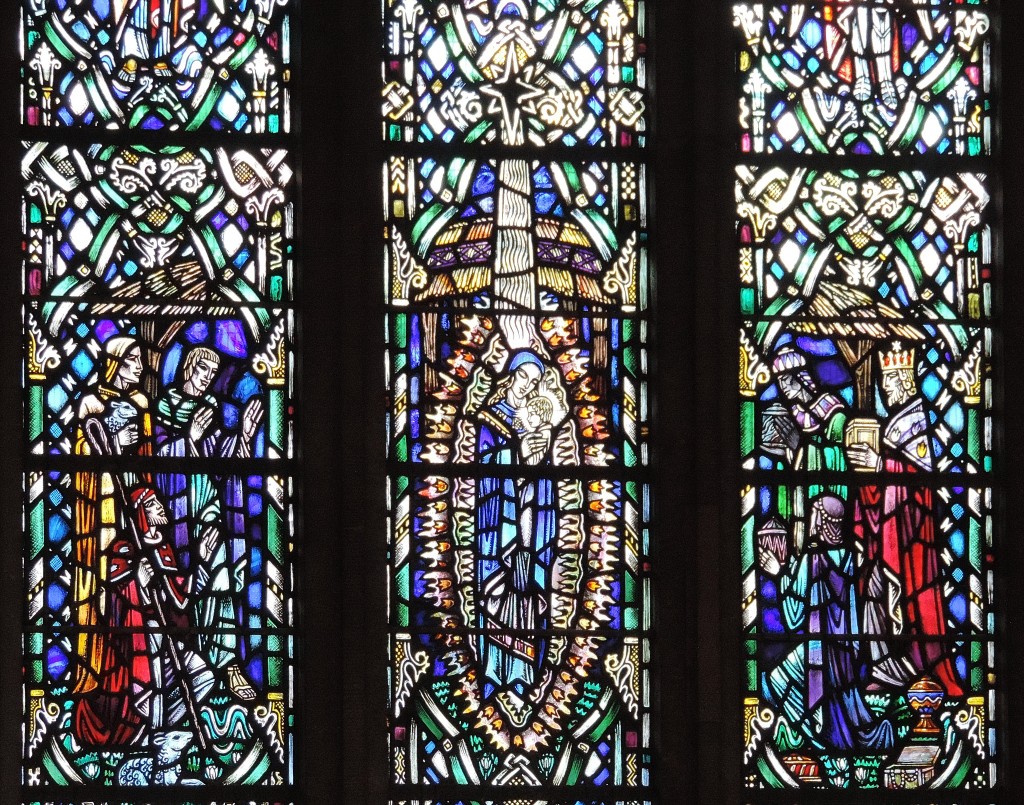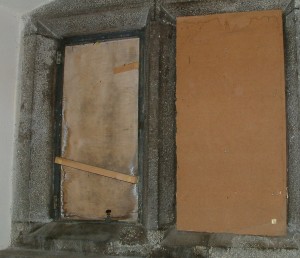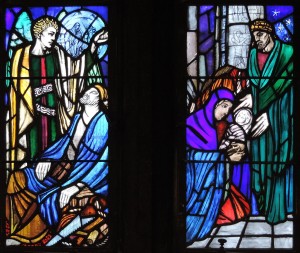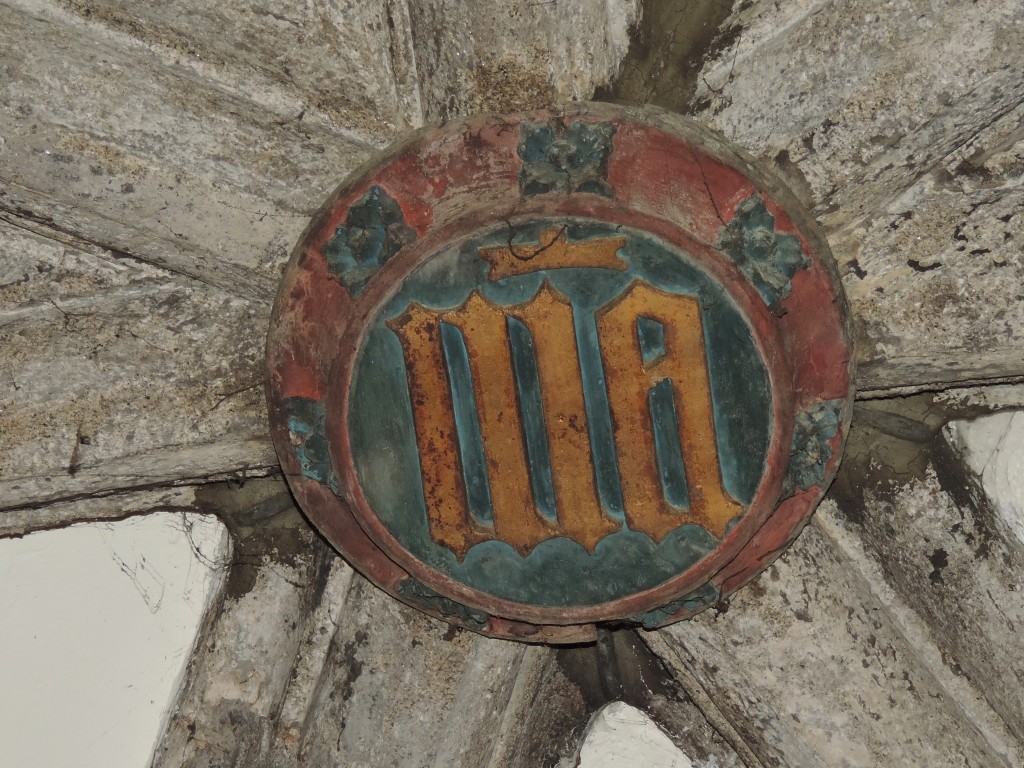
St Mary’s Chapel has a fine example of a stone vaulted ceiling – one of the best in the North-East of Scotland. Key to holding vaulting in place is the boss which is placed at the apex of each set of ribs making up the vaulting. In 1898, St Mary’s Chapel was restored by a team including Dr Kelly (who is perhaps more famous for ‘Kelly’s Cats’ on UnionBridge). At some stage in the past the ceiling had been plastered and covered in a whitewash. It was decided that this would be removed to expose the stonework of the vaulting. The team were very surprised to find that the boss in the apse vaulting was actually made of oak not stone and that it still had its original colouring present. The photograph shows this boss as it is today. The colour was ‘retouched’ by the Victorian restorers so we can see what it was like when new. However, it remains the original, approaching 600 year-old, wood which continues to support the whole structure! The symbol used is a common abbreviation for the name of St Mary and similar symbols are still used today.
Visit www.openspacetrust.org.uk for more information or to support our work.
